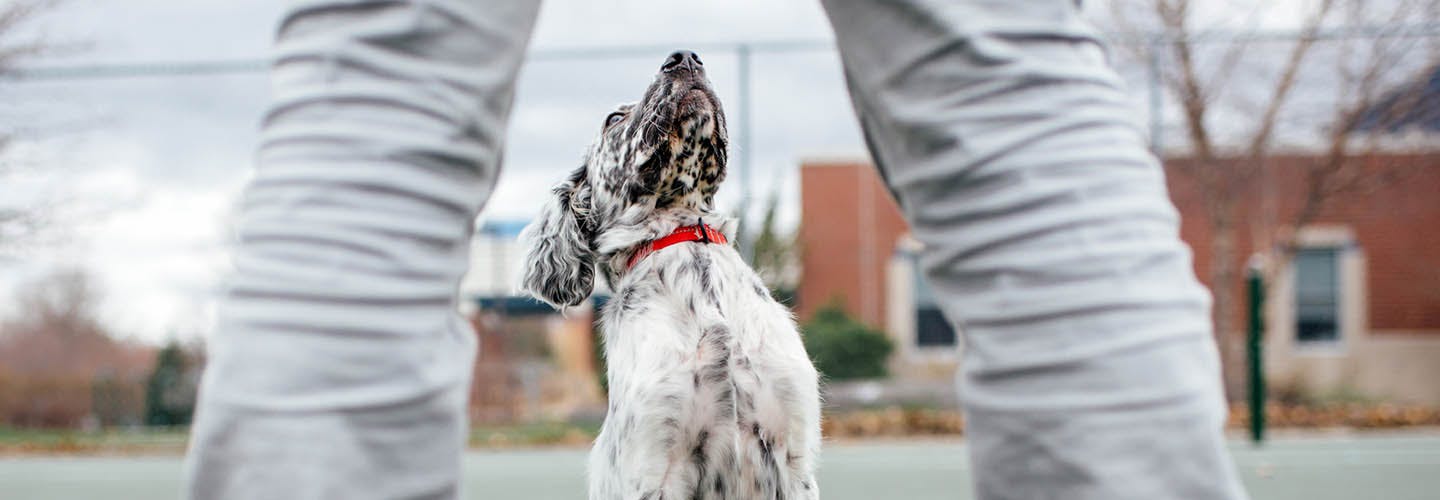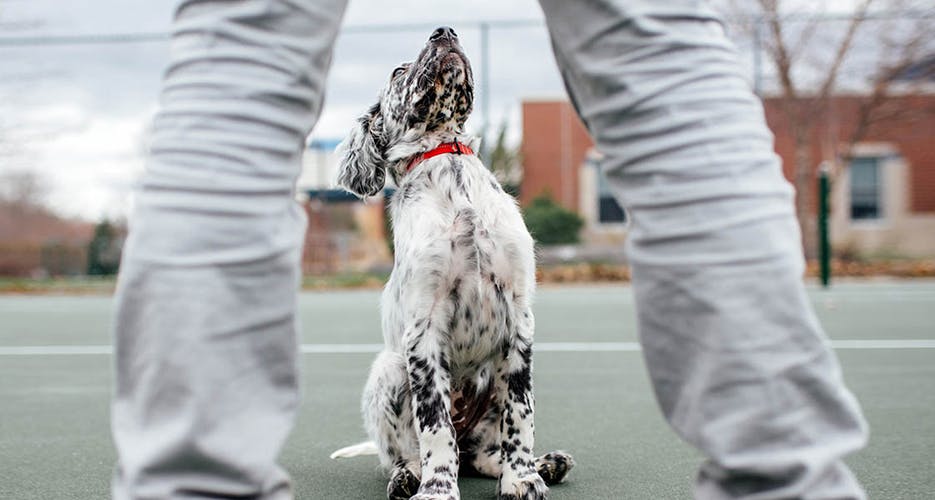CATS
Make regenerative medicine part of your cat’s wellness plan with stem cell banking
DOGS
Save your dog’s young, healthy stem cells for extraordinary health benefits in the future
HORSES
Banking your horse’s stem cells can help treat future injuries and ailments



